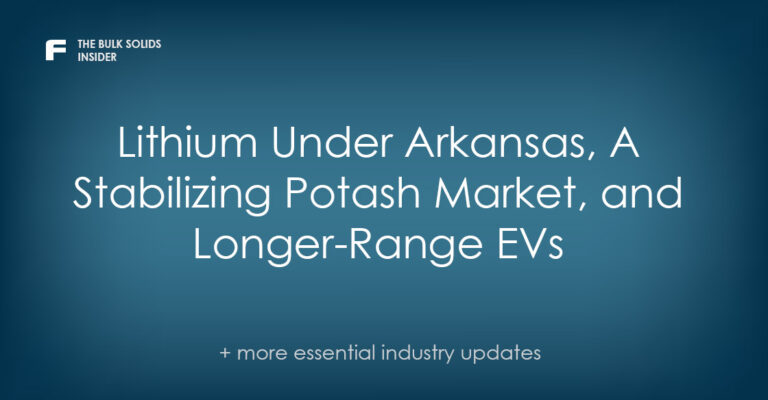Updates in Mining

Alumina Price Continues to Rise
The price tag on alumina, the base material for aluminum production, went up more than 20% in the last month, causing a stir in the market, according to a Bloomberg-authored article on Mining.com. The price hike is the result of several supply disruptions, the latest concerning bauxite exports from Guinea. Buyers are clamoring for supplies of this vital material as prices continue to climb.
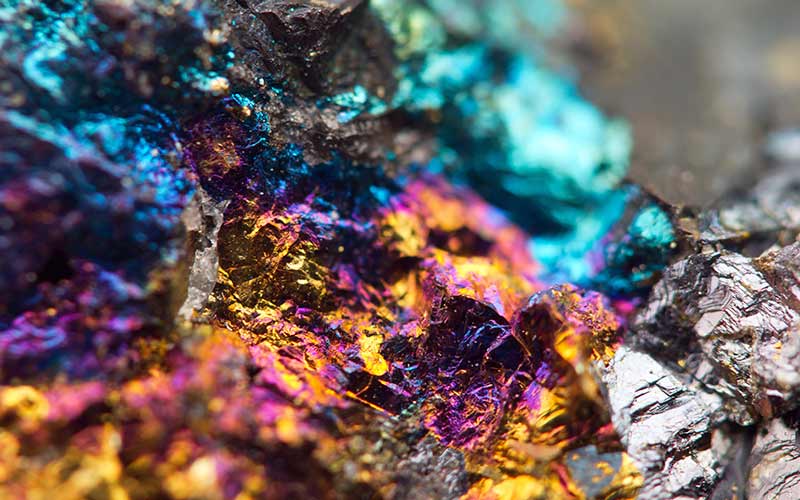
Machine Learning Reveals Significant Lithium Under Arkansas
Researchers from the United States Geological Survey (USGS) and the Arkansas Department of Energy Environment’s Office of the State Geologist used machine learning in combination with water testing to estimate the existence of a massive amount of lithium in the state’s Smackover Formation. Their findings estimate between five and 19 million tons of lithium reserves, which, if commercially recoverable, would meet projected lithium demand for EVs nine times over. Read the press release >>.

Copper Faces Growing Competition from Aluminum
A growing number of companies are substituting copper wire with aluminum in the face of rising copper prices, according to Mining Weekly and Reuters. Aluminum, which also conducts electricity, can be secured at a significantly lower cost. “In the high voltage submarine cables connecting the power grids between countries, we expect those to stay copper, but almost everything else is up for grabs,” stated CRU analyst Aisling Hubert at a recent event.

Uranium on the Rise
Uranium continues to make headlines in the mining industry as the surge in AI technologies pushes demand for energy to feed data centers. A number of tech giants are turning to nuclear power for stable, low-carbon energy, causing a boost in demand for uranium. Read more from MarketWatch >>.
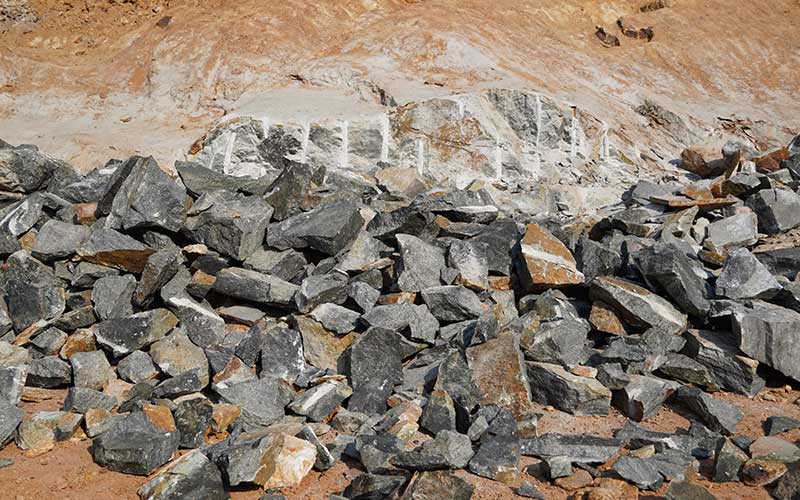
U.S. and India Collaborate on Critical Minerals
The U.S. and India have signed a memorandum of understanding (MOU) aimed at bolstering supply chains for critical minerals. The two nations plan to leverage their complementary strengths to assure mutual beneficial commercial development of critical mineral resources in both countries, according to the Department of Commerce.
Updates in Fertilizer
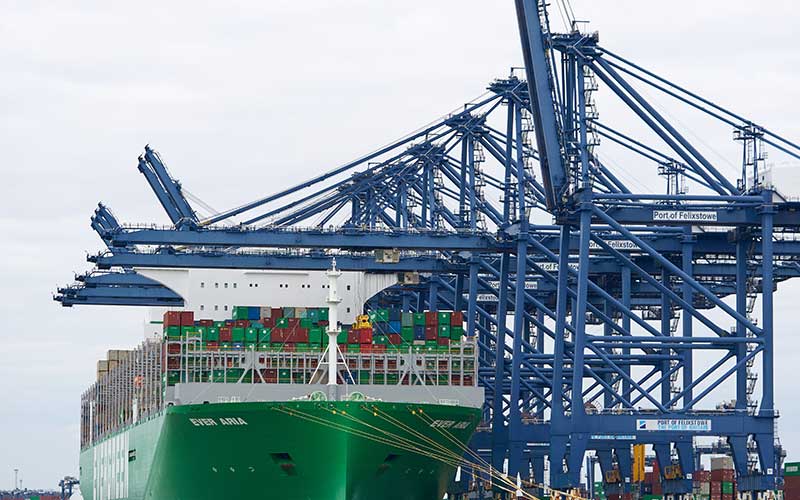
Hurricanes Affecting Phosphate Market
The effects of recent hurricanes Helene and Milton in the Southeast United States are expected to tighten supplies of phosphorus fertilizer supplies. Much of the nation’s phosphate production comes from the region still grappling with damaged infrastructure and battered communities. The Port of Tampa, which accounts for 40% of the nation’s phosphate fertilizer exports, has also encountered challenging conditions. Read more from the American Farm Bureau Federation >>.

Potash Market Stabilizing
The potash market is finally stabilizing after the upheaval caused by the war in Ukraine, according to FertilizerDaily. Increased exports are promoting lower prices and greater affordability among farmers, causing producers to raise concerns about market oversupply. The recovering market’s long-term outlook is unclear at present, but demand is expected to improve in 2025.

A Breakthrough for Phosphate
Researchers at the University of Saskatchewan have created a “bioplastic” material that could be a game changer in the effort to close agriculture’s broken nutrient cycle. The biocomposite pellet can not only absorb excess phosphate from surface water, but then can be harvested and used as a fertilizer in agricultural applications. This would reduce the need to mine finite phosphate rock, instead utilizing existing sources that could otherwise contribute to environmental problems. The new material could also serve as an alternative to traditional petroleum-based plastics.
Updates in Chemical
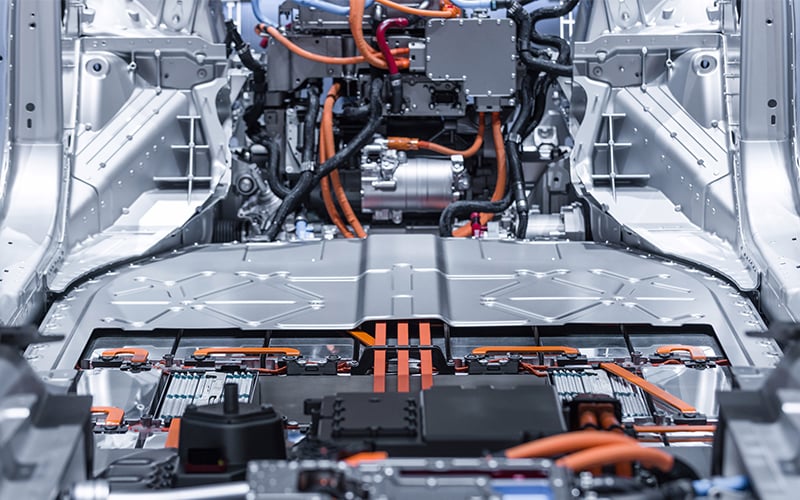
Longer Range, More Affordable EV Batteries a Step Closer
An advancement in Lithium Manganese Iron Phosphate (LMFP) cathode active materials is a breakthrough for electric vehicles (EVs). Integrals Power has developed a cathode material that, by overcoming a key challenge (the specific capacity drop seen with an increase of manganese), results in higher voltages, greater energy density, and ultimately a longer range and improved affordability. Read more from EV Magazine >>.

DOE Announces Funding to Advance CO2 Emission Reduction Projects
The U.S. Department of Energy’s (DOE’s) Office of Fossil Energy and Carbon Management (FECM) announced $29 million in funding for 12 research and development projects aimed at accelerating technologies that will reduce carbon emissions.
Like what you’re reading? Subscribe to our blog for industry updates and expert advice on bulk solids processing and handling.

